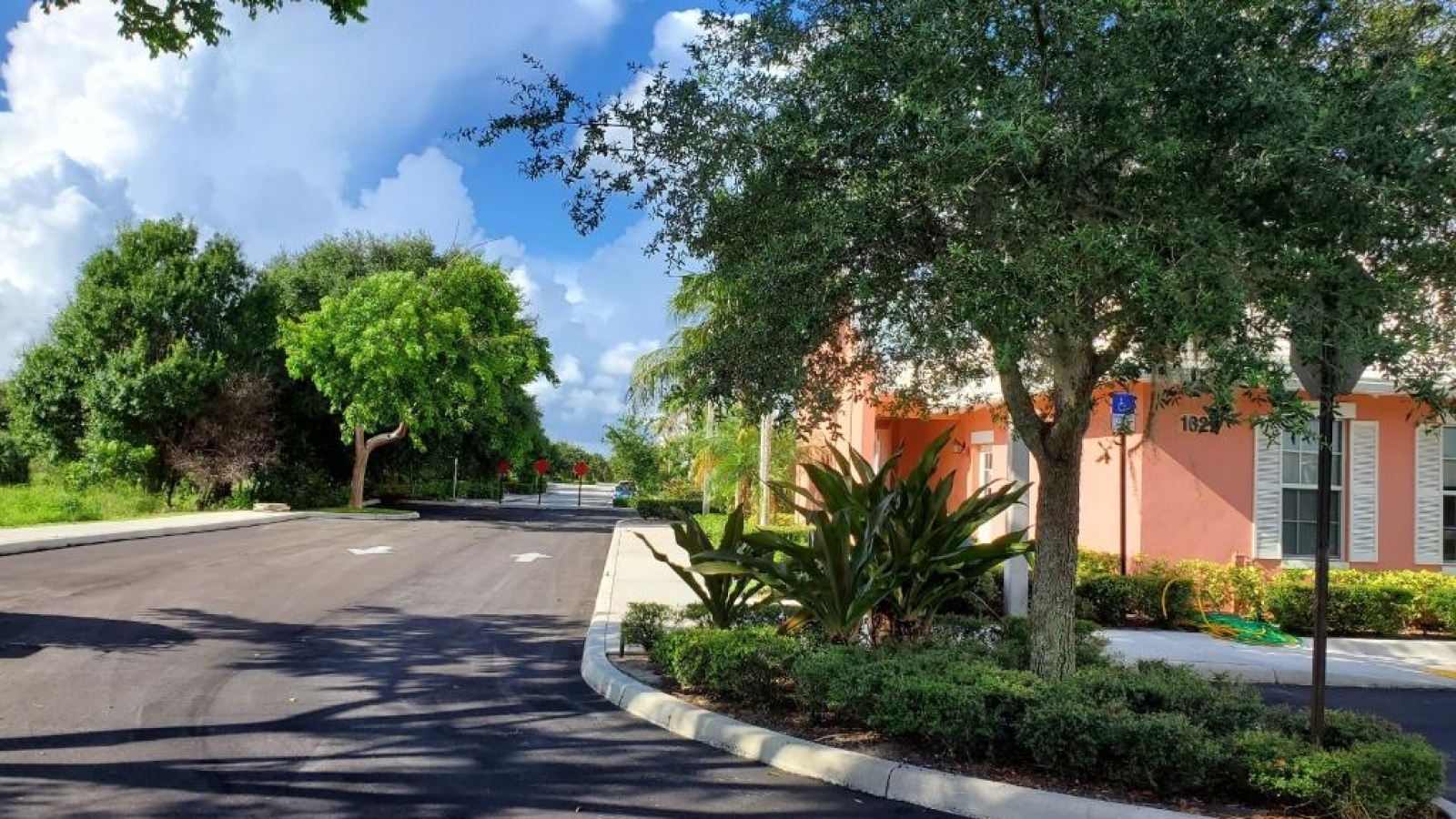First impressions are crucial for businesses since customers will always be more attracted to good-looking driveways, sidewalks, and parking lots. These are the first things people notice when entering your house or commercial property. Therefore, it is important to maintain in a perfect state the overall health as well as the appearance of these areas, so customers keep coming and feel comfortable in your property.
Several issues might appear due to tree roots growing underneath the asphalt surface. Sometimes this situation can not only bring aesthetic problems affecting property curb appeal but can also result in trip hazards or in uneven driveway surfaces that can cause damage to vehicles and pedestrians.
People walking down a sidewalk, concrete driveway, or parking space might have an accident in which they trip and get injured due to cracks, loose pieces of concrete, or an uneven surface that was caused by roots growth from underneath the surface. As a consequence of this accident, the property owner or business could face legal actions. This should be avoided at all costs because not only it affects a client, but it also affects the image of the business.
There are easy ways to prevent these issues and get both aesthetic benefits, proper infrastructure, and legal situations under control. Below, we will share some suggestions from expert arborists and our point of view on this matter.
HOW DO YOU KNOW YOUR DRIVEWAY, SIDEWALKS AND PARKING LOTS ARE BEING AFFECTED BY TREE ROOTS?
It is easy to identify when a tree root is spoiling your driveway, parking lot, or sidewalk:
- Analyze the surroundings and check if there are any large trees growing about 20 feet from your sidewalks, driveways, or parking lot, or a small tree, closer than 10 feet. This is a recommendation by the Georgia Forestry Commission.
- Look for some cracks on the pavement that have been affected by the roots underneath the compacted soil.
- Buckling or lifting on the sidewalk surface.
- Roots are developing through the cracks affecting soil surface.
HOW TO SOLVE TREE ROOT PROBLEMS IN YOUR PROPERTY.
There are several options to deal with this issue. These tips will help you prevent further damage or fix existing damage:
- Install barriers such as deeproot to prevent the roots from growing any further.
- Prune or remove the roots to protect the tree’s root system during construction and contain them with plastic barriers or biodegradable barriers. This process must be carried out by an expert. It is important to do a tree risk assessment before cutting the roots and evaluate alternative techniques. The optimum distance from tree trunk to root pruning is 5 or 6 times the diameter of the tree. For root cuts on only one side of a tree, the minimum distance is 3 times the diameter. For more helpful information, read Bartlett’s article. The process of removing roots can look complex, but if the proper stump removal equipmentis is used, the process can be simple. The equipment that is required for this process can be rented at your local Home Depot, United Rentals or Sunbelt Rentals. Furthermore, Vermeer also produces several products in this field.
- Cut down the tree and remove the roots, for both, previous suggestion and this one, we suggest hiring a certified arborist to conduct the process.
ALTERNATIVE PAVING SOLUTION
The tree gets its nutrients from the ground and in order to grow, the roots absorb oxygen from uncompacted soil similar to the one underneath sidewalks and driveways. That’s why when the soil underneath a tree is compacted, the roots beneath the surface will be choked to death. Eventually, this will cause tree illnesses, which may lead to its death.
To ensure the health of the tree, it is necessary to protect the drip line area during the paving process. That way, the tree will continue to receive water and nutrients from soil.
The use of pavers, since they allow tree roots to receive water and minerals without showing the cracks on the surface is an environmentally sound option. In case roots grow too much, it is possible they will lift up the pavers, but this correction is easier and there is no need for an asphalt patch. Simply, remove the paver brick from the affected area, prune the roots and reinstall the pavers.
HOW TO REPAIR TREE ROOT
DAMAGE IN ASPHALT.
Contact an experienced company in asphalt repair services to give you a hand with your problems about asphalt driveways, sidewalks or parking lots. Seek professional orientation and reliability throughout the whole process.

